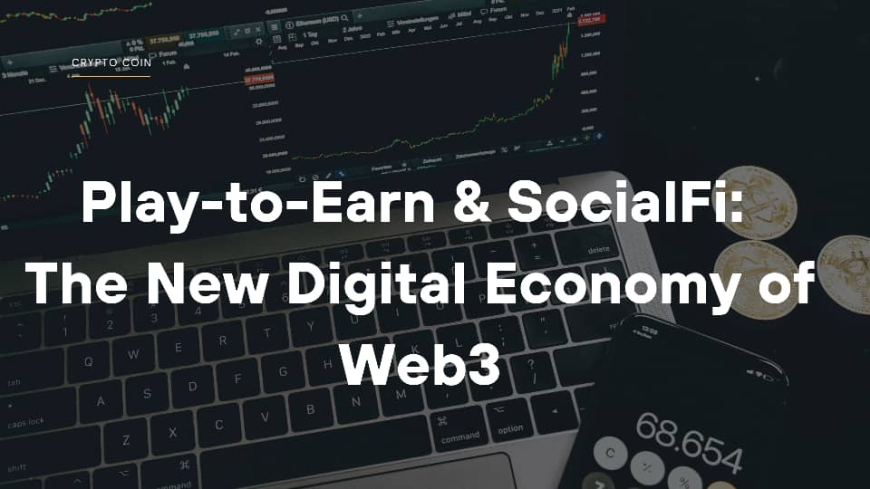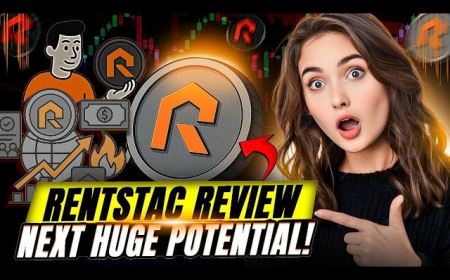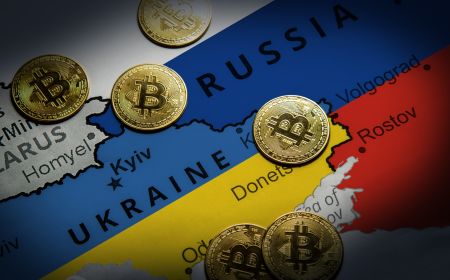Play-to-Earn & SocialFi: The New Digital Economy of Web3
P2E rewards gamers with crypto/NFTs, SocialFi monetizes social interactions together they create a user-owned Web3 economy

An exhaustive guide covering what P2E & SocialFi are, how they work together, step-by-step earning strategies with little or no capital, real-world examples, tokenomics best practices, and the future landscape for creators and gamers.
Introduction
Blockchain has shifted the power dynamic of digital ecosystems: ownership, value, and governance are moving from centralized platforms to users. Two of the most transformative trends are Play-to-Earn (P2E)—where gaming generates real economic value—and SocialFi—where social interactions become monetizable. Together they form a creator-gamer economy that rewards time, influence, creativity, and skill.
What is Play-to-Earn (P2E)?
Play-to-Earn is a category of blockchain games where players earn tangible rewards for in-game activity. Rewards can be:
- Fungible tokens (governance or utility tokens)
- Non-fungible tokens (NFTs) such as characters, skins, items, or land
- Yield from staking, lending or renting in-game assets
P2E gives players true ownership — they can trade, sell, lend, or use assets across ecosystems (when supported).
How P2E gameplay commonly works
- Player joins or buys a starter asset (or earns it through tutorials/airdrops).
- Player completes activities (quests, PvP, crafting, farming).
- Game issues rewards (tokens, lootboxes, NFTs) based on rules.
- Players can trade rewards on marketplaces or earn passive income via staking/renting.
How P2E & SocialFi Complement Each Other
These models converge naturally:
- Gamers create content (streams, clips) that become monetizable via SocialFi.
- Game assets (NFTs) are displayed and traded socially, increasing demand and value.
- Guilds & communities form DAOs that manage economies, treasury, and rules.
- Influencers launch tokens that reward early players and community builders.
The combined economy rewards play, creation, promotion, and curation — every participant can capture value.
Benefits for Users & Creators
- Monetize time & skill: Play or create and earn real value.
- Multiple income streams: gameplay rewards, content monetization, NFTs, sponsorships.
- Lower barrier to entrepreneurship: creators build brands and monetize directly.
- Community-driven growth: tokens and DAOs align incentives between users and builders.
Key Challenges & Risks
Despite potential, P2E & SocialFi face real obstacles:
- Unsustainable tokenomics: inflationary reward systems can crash token value.
- Speculation & farming: users may game systems to extract rewards without contributing long-term value.
- High entry costs: some games require expensive NFTs to start.
- UX & onboarding: wallets, gas fees, and complex flows hinder mainstream users.
- Regulatory uncertainty: creator tokens and reward systems may face securities or tax rules.
Real-World Examples & Case Studies
Axie Infinity: Early P2E success—players earned tokens convertible to real currency. The model highlighted both economic opportunity and sustainability risks when new token supply outpaced demand.
The Sandbox & Decentraland: Virtual worlds where land and experiences are NFTs — creators build and monetize virtual experiences.
SocialFi platforms: Several social apps and protocols experimented with creator tokens, tipping, and NFT-based ownership, demonstrating alternative monetization models for influencers.
Lesson: Proof-of-concept succeeded, but long-term value requires careful token design and real utility.
Tokenomics & Best Practices
Well-designed tokenomics are critical. Consider these principles:
- Cap supply or use deflationary mechanics to reduce uncontrolled inflation.
- Vest team & investor tokens to align long-term incentives.
- Provide utility (access, governance, staking rewards) that drives demand.
- Incentivize retention with time-locked rewards, seasons, or leveling systems.
- Use multi-token models (one governance token + one in-game currency) to separate speculation from in-game utility.
Step-by-Step: How to Earn in P2E & SocialFi with Little or No Capital
1. Start with free onboarding & airdrops
Many games and SocialFi projects run onboarding campaigns that reward early users with free assets or tokens.
- Follow project social channels and join official Discord/Twitter.
- Complete simple tasks (watch videos, take quizzes, join testnets).
- Claim airdrops or free starter NFTs when available.
2. Leverage playtesting & testnets
Testnets let you try games for free; some projects reward testnet participants with governance tokens or NFTs on mainnet launches.
3. Create content — clips, tutorials, short-form posts
Use SocialFi-friendly platforms to share gameplay clips or guides. Even small creators can earn tips, micro-payments, or creator-token appreciation.
4. Join guilds & communities
Guilds pool resources (like starter NFTs) and split earnings. They also teach play strategies and share opportunities.
5. Use cross-platform tools
List earned NFTs on multiple marketplaces, and use social platforms to showcase achievements and drive demand.
6. Participate in community governance
Early contributors who engage in governance often receive rewards, voting power, and insider knowledge about future opportunities.
7. Skill stacking & service offering
Offer services — coaching, asset management, content editing — to other players using earned tokens as collateral or payment.
Short checklist to begin today
- Create a simple non-custodial wallet (MetaMask / mobile wallet).
- Follow 3 trusted P2E & SocialFi projects on Twitter/Discord.
- Claim any testnet rewards and complete onboarding quests.
- Record a short gameplay clip and post it on SocialFi platforms.
- Join a guild or community for knowledge and pooled resources.
Designing Sustainable P2E & SocialFi Economies
Sustainability requires aligning supply, demand, and utility:
- Create real utility: token uses within the ecosystem beyond just being tradeable.
- Introduce sinks: burn tokens for cosmetic upgrades, entry fees, or crafting to remove supply.
- Seasonal content: rotate rewards and content to prevent market saturation.
- Govern treasury: use DAO treasuries to stabilize markets and fund growth initiatives.
The Road Ahead: Convergence & Opportunity
Expect deeper convergence between gaming, social platforms, and real-world brands:
- Brand partnerships: major brands sponsor in-game events or creator campaigns.
- On-chain identities: single profiles that carry reputation across games and social apps.
- Cross-chain assets: interoperability allows assets to move between ecosystems, increasing utility.
- AI-driven personalization: AI recommends content, curates quests, and tailors reward paths.
In short: your social reach + gaming skill could become a portable source of income recognized across platforms.
Conclusion
Play-to-Earn and SocialFi are rewriting how value is created and distributed online. When built responsibly, they provide financial inclusion, new careers, and creative economies where users — not platforms — capture value. For players and creators willing to learn, participate, and contribute, the next era of Internet economics offers real opportunity.
Want more step-by-step guides on earning in Web3 with little or no capital? Follow me on Twitter @vitalis_eth for daily airdrops, earning strategies, and beginner-friendly alpha.





















